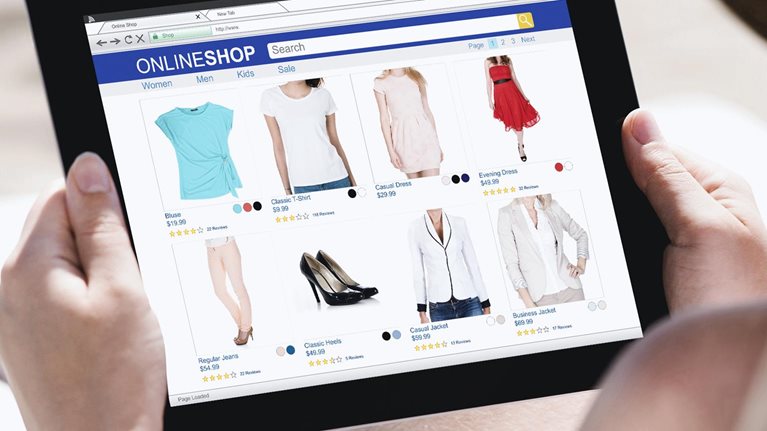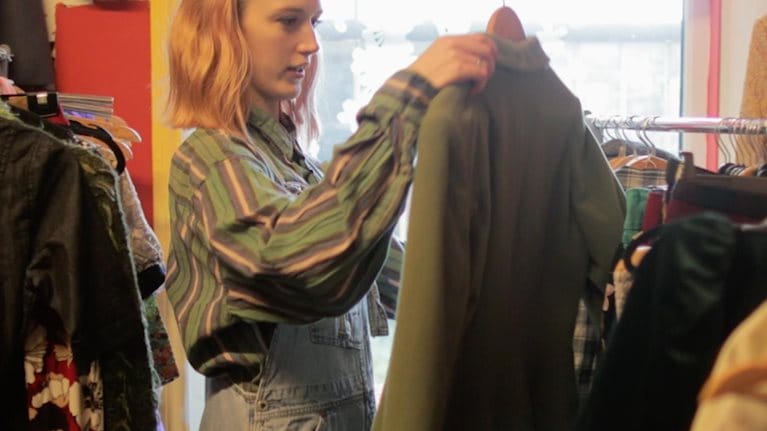Countless headlines have marked the meteoric rise of e-commerce during the COVID-19 pandemic. As the disease took hold, digital adoption in Europe jumped nearly 14 percent—a rise that would have taken two to three years in most industries at prepandemic growth rates. And it is still growing fast. We estimate e-commerce will rise between 2020 and 2024 by at least 8 to 9 percent a year in France and Germany, 6 to 7 percent a year in the United Kingdom, 10 to 12 percent a year in Italy and Spain, and more than 20 percent a year in Asia.1
B2C marketplaces have fared particularly well. Many retailers with a foot in the physical world struggled when sales suddenly pivoted to their online channels during crisis-related lockdowns, often finding themselves short on stock, slow to deliver, and overwhelmed by the volume of calls and online queries. In contrast, Amazon and other seasoned B2C marketplaces shone thanks to their more advanced operations. In 2020, Amazon sales soared in the United Kingdom by 51 percent, to a record $26.5 billion, and in Germany by 32 percent, to a record $29.5 billion.
Yet there has been another e-commerce success story much less commonly told: the growth of C2C marketplaces. Transaction volumes of what are largely secondhand goods have climbed both on horizonal sites (such as Germany’s eBay Kleinanzeigen and Facebook Marketplace, which offer a broad range of categories) and on vertical sites (such as Lithuania’s Vinted, a pan-European C2C site for used fashion items). Exhibit 1 shows how listings have gathered pace on a range of popular European horizontal sites that disclose transaction volumes. The United Kingdom’s Gumtree and France’s leboncoin have seen growth of more than 50 percent since the start of 2020, for example.

The surge has been driven by the millions of people who spent time during lockdowns clearing out wardrobes, lofts, and garden sheds and selling their unwanted goods online. But this is no short-term trend. Trade will continue to expand on the back of consumers’ growing concern about sustainability. In addition, our research and work with C2C platforms in Europe suggest there may be room to encourage further growth and to monetize it by switching away from the traditional C2C business model, which charges sellers for listing items, to charging buyers instead.
Where growth lies
Twice over the past year and a half, we surveyed a total of more than 3,000 consumers who use C2C marketplaces in Germany, the Netherlands, and the United Kingdom. One of the things we found was the most popular C2C categories traded during the COVID-19 pandemic (Exhibit 2).
In all three countries, respondents report fashion and family items (such as toys) as the biggest secondhand category. Across Europe, we estimate that the category is already worth as much as €6 billion, having doubled in 2020. But the growth is not entirely related to the COVID-19 pandemic. As Exhibit 3 shows, we forecast continued annual growth of around 35 percent in the next four years. Consumers of all ages will trade more, but the youngest consumers (those from Generation Z, largely 15- to 24-year-olds) will lead the way. They account for some 43 percent of market volume today—a figure that could rise to 47 percent by 2025.

An average of 30 percent of respondents say they were buying more secondhand fashion items online than before the pandemic. The main reason they cite was to save money. However, an average of 38 percent say it was because they were keen to create less waste (Exhibit 4).

A new model
A shift to a model that charges the buyer could further fuel growth in C2C transactions. C2C sites have traditionally been free to buyers—a model established in California by eBay’s founder, Pierre Omidyar, when he set up a private online auction in 1995. (He was reportedly astonished when the first item sold, a broken laser pointer, fetched $14.83.2) Traffic volumes on the site quickly became so brisk that Omidyar’s internet provider hiked up its fees, at which stage the entrepreneur began charging sellers a listing fee.3
Would you like to learn more about our Technology, Media & Telecommunications Practice?
Many more C2C platforms have since emerged, using various business models. Most of them, including eBay Kleinanzeigen, Facebook Marketplace, and Gumtree, largely target transactions among people in the same local community and are entirely free to sellers. They rely on the revenue generated from third-party advertisers attracted to high-traffic sites. Some, such as eBay, charge the seller a listing fee on the value of the goods sold. And some, such as Vestiaire Collective (a site for higher-value used clothes), go deeper into the value chain and even offer authenticity checks for some branded items. But common to all has been that the platform has been largely free to buyers—until recently.
As the sector has matured, a few innovators have begun to monetize their platforms by charging fees to buyers. The fashion site Vinted and Spain’s horizontal C2C site wallapop are examples. By making the sites free to sellers, the companies flip the traditional e-commerce model, which focuses on attracting the most possible buyers to a site. The assumption is that by removing supply hurdles, there will be more sellers and hence more inventory, which will in turn attract more buyers and still more sellers. (Note that an average of 26 percent of respondents in our survey say they were buying more secondhand goods because a wider selection of products had become available.)
Monetization then stems from charging a commission on the back of the transaction or, more commonly among the newcomers, arbitrage opportunities associated with the offer of additional services. Several players in Asia, such as Mercari in Japan, are making significant pivots to transaction-based monetization using escrows. Often, such commissions can be as high as 10 percent of the transaction value.

Winning formula: How Europe’s top tech start-ups get it right
In addition, our survey results suggest that buyers value additional services (Exhibit 5). Respondents rank buyer protection, in which funds are refunded in the event of nonshipment or poor-quality goods, as the number-one factor that would encourage them to buy more secondhand goods. Integrated payments and shipping ranked fourth and fifth. The respondents also value the authenticity certification of niche products (for example, Buddhist amulets that are assessed by providers such as Kaidee in Thailand). Players such as Carousell monetize those value-added services and charge a protection fee to secure the buyer. C2C marketplaces are also evolving their seller propositions by offering marketing, customer-insight, and pricing tools; payment platforms; and sales building and training.

The opportunity is sizable. Assuming a commission of 2 to 3 percent, offering buyer protection through an escrow service (in which payment is made to the platform provider, which transfers the funds to the seller once the goods have been received) would represent revenue of between €80 million and €120 million in today’s online market for secondhand clothes and family goods. More revenue could be raised by offering shipping services, also an opportunity for sites currently focused on local markets to extend their platforms’ reach. Some sites offer shipping services at or below retail rates but still make a margin because shipping providers are willing to offer the companies a discount.
New C2C sites that have implemented such a model have gained traction. For example, in February 2021, Vinted was among the top five shopping apps downloaded in France, Germany, Italy, the Netherlands, Poland, and the United Kingdom. Poland’s OLX now has close to 15 million active users—one in two Poles over the age of 14 use the site. And the biggest German C2C site, eBay Kleinanzeigen, has more than 28 million users, representing roughly 40 percent of Germans who are more than 14 years old.
The buyer-fee model has attracted considerable investor interest too. The valuation of Vinted, for example, increased from more than $1 billion after a successful round of funding in November 2019 to more than $4.2 billion after its latest funding round, in May 2021.4 As another example, wallapop was reportedly valued at €690 million in February 2021, having raised €157 million in new funding.5 And Sweden’s Yaytrade, a platform for trading secondhand fashion and accessories, has recently listed on the Nordic region’s Nasdaq First North Growth Market.6
Whether the new business model in the C2C trade will prevail is yet to be seen. But three things seem clear:
- C2C platforms will not be competing only among themselves. All manner of companies are responding to the growing appetite among younger people to recycle. Online fashion companies such as ABOUT YOU, ASOS, and Zalando have started to explore the recycling space, as have those with retail stores. The outdoor-gear manufacturer Patagonia, for example, has recently launched a site for secondhand Patagonia garments. Customers receive a credit note for their unwanted Patagonia goods, which the company resells.
- In a competitive secondhand market, C2C companies that choose not to charge fees to sellers for what are relatively low-value goods may be best positioned to gain an edge in the industry.
- Buyers of secondhand goods often value the same service offerings that they are accustomed to when buying new items online—security, payment and shipping options, and ease of use, for example.
Our work suggests that C2C platforms that offer such services, all smoothly integrated, could be best positioned to gain an edge in the industry. To date, very few C2C platforms offer such a complete package. When more do, secondhand will no longer be second best.


